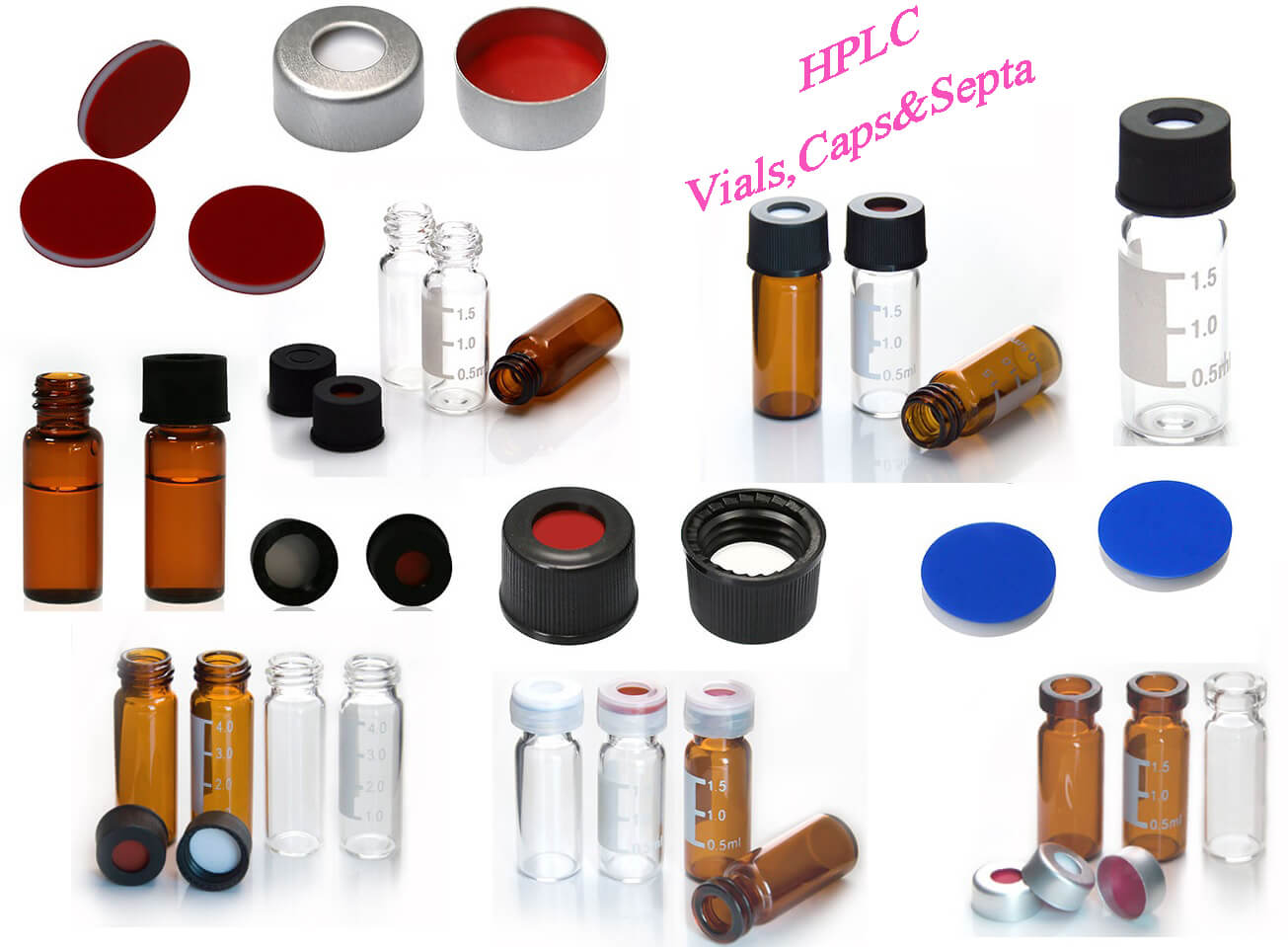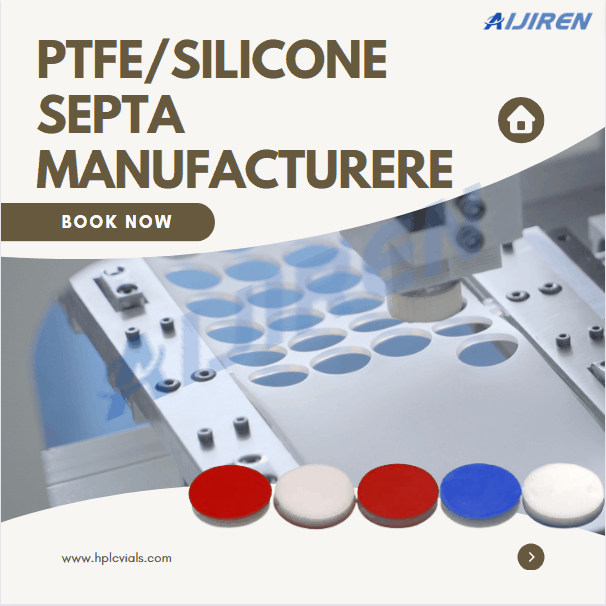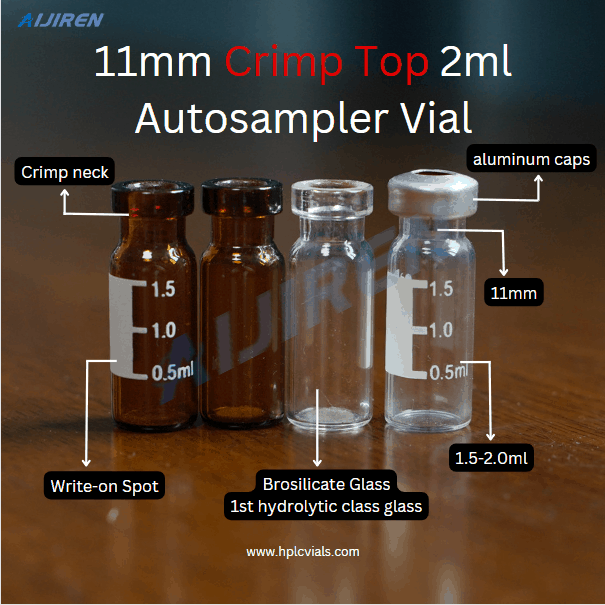The key to successful sample preparation
Sample preparation may sound like a basic routine task, but it is at the heart of chromatography. The robustness and accuracy of HPLC and GC analytical methods depend to a large extent on good sample preparation. With this in mind, we first discuss the advantages of good sample preparation. Before doing so, it is important to understand the basics of proper sample preparation.

Proper sample preparation
Requirements for a well-prepared sample are:
1. Ensure all target compounds, reagents and samples are handled properly.
Samples should be handled with absolute precision and care from the moment they enter the laboratory, ensuring that they remain intact and free from contamination. Therefore, all targets, reagents and samples should be used with care to prevent any possibility of contamination. For example, to extract solvent from a solvent bottle, it is necessary to avoid possible contamination by a pipette, and sometimes it is necessary to directly pour the solvent from the bottle into a beaker.
2. Choose the glassware and solvent best suited for the method
Choose the right glassware for sample preparation, including choosing volumetric flasks and pipettes with greater precision. Make sure the glassware is in good condition and the volume markings are complete and clearly visible to avoid any manual measurement errors.
3. Avoid mixing solvents in volumetric flasks.
When aqueous and non-aqueous solvents are mixed, their volumes change. If you mix them in a volumetric flask, you may get an incorrect constant volume. It is best to mix the solvent in another beaker or flask and measure out the correct volume with a volumetric flask.
4. Using sample preparation techniques based on kinetic and equilibrium concepts
Precision is the key. It should be ensured that all samples are prepared using the exact same sample preparation technique. For example, each sample should be shaken long enough for extraction and enough time should be allowed in each stage for the interaction to equilibrate. For example, a mechanical shaker has advantages over manual shaking in ensuring consistent sample preparation. With this in mind, any sample preparation technique should be performed with absolute precision, this includes QuEChERS, solid phase extraction (SPE), solid-liquid extraction (SLE), protein precipitation (PPT), liquid-liquid extraction (LLE), etc. methods.
Advantages of Properly Prepared Samples
While the above sample preparation guidelines may seem basic, they are critical in achieving reproducibility, selectivity, and sensitivity.
Reproducibility
–When a sample is prepared properly, it will be consistent, measurable and repeatable. This means you can run multiple analyses and be able to reproduce the same results each time.
Selectivity
–Following the sample preparation guidelines above will increase the selectivity of your sample mixture, ensuring that you can identify and separate specific analytes without interference from sample matrix components.
Sensitivity
–When the sample is properly prepared, contaminants that cause ion suppression are removed from the sample, improving the signal-to-noise ratio, and thereby increasing the sensitivity of analyte detection.
Back to List
-
 下午4:09Weighing the Pros and Cons of PTFE/Silicone Septa
下午4:09Weighing the Pros and Cons of PTFE/Silicone Septa -
 下午4:05Decoding Vial Discard Guidelines: Ensuring Precision in Chromatography
下午4:05Decoding Vial Discard Guidelines: Ensuring Precision in Chromatography -
 下午5:01Navigating Micro Inserts for HPLC Vials: A Comprehensive Guide
下午5:01Navigating Micro Inserts for HPLC Vials: A Comprehensive Guide -
.jpg) 下午2:02Common faults and solutions of automatic samplers(2)
下午2:02Common faults and solutions of automatic samplers(2) -
 下午5:08Ensuring Sample Integrity: Navigating EPA Storage Vials Stability Guidelines
下午5:08Ensuring Sample Integrity: Navigating EPA Storage Vials Stability Guidelines

